Berlin has more than 175 museums. I tell you which one you should visit and provide you will all the information on how you can enter them for free.
Berlin offers more than 175 museums and therefore has more museums than rainy days (around 106 days) per year. A day in a museum is perfect if you love to explore and learn new things, or also if you are looking for a nice activity inside hiding from the bad weather. Plus there are many museums for free in Berlin so it can also save you some money if you are travelling on a budget.
Museums Sunday for free admissions
Every first Sunday of the month, Berlin invites everyone for free to over 60 (state) museums, for example, all four of the famous museum’s island. Here you can find the bust of Egyptian Queen Nefertiti in Neues Museum (in English “New Museum”) and the Great Altar of Pergamon in the same called Pergamon Museum.
For most museums, you will need to book a free time slot. You can get it earliest one week beforehand on the official homepage. You should be fast, especially for the famous museums since the time slots are really fast booked out. The best is to already book your ticket directly at midnight the Sunday before. You can book up to two tickets per person (if you want to go with more people make sure someone else books tickets as well) for several museums. A few museums can also be visited without a time slot. Museums Sunday started in the summer of 2021 with the idea of getting even more people interested in the diverse cultural offerings of Berlin.
Museums that are always free
If you just missed the Museums Sunday – do not worry, there are more than 60 museums and memorials which are always free of charge. Spoiler: Three of them are also on the list of my favourite museums – so this is an absolute pro tip! You can find a list of all museums here (the page is only available in German).
One other place which can be visited for free is the German parliament. You can book different tours to get more information on how German politics work but also visit the roof terrace and dome of the Reichstag Building. You should book your time slot for the visit beforehand here.
My favourite museums in Berlin:
Jüdisches Museum
The Jüdisches Museum Berlin (Jewish Museum) tells stories and the history of Jews in Germany – from the past till today. You will learn more about Jewish people in general, but also as a religion and a culture. During your visit you will get to know famous Jewish people in the Hall of Fame – Did you know that Amy Winehouse was Jewish? Yeah, me neither. The Jewish Museum opens up the history of Jews in Germany as a part of the country. It speaks about traditions as much as pop culture. Also, the Holocaust is just one of many chapters the museum will guide you through.
An interactive exhibition to take part in
The Jewish Museum is one of my favourite museums because it really understands to make its exhibition vibrant and interactive. I wrote my name in Hebrew, put my wish on the welcome tree, transformed myself into a painting, listened to pop music, and embossed a coin of Anne Frank for my pocket. Pro tip: Bring a 5 Cent coin to the museum to press your own.
Advanced architecture
The whole architecture of the building is stunning and the partition of it is really thought through. Two of the most memorable places are the Holocaust-Tower and the installation Shalekhet by Menashe Kadishman.
The Holocaust-Tower is a cold and isolated building. In general, it is dark inside, there is only a splinter of daylight coming through the narrow slit of the tower but especially in winter also the coldness. This experience leaves you with an oppressive feeling, especially in combination with the name of the tower.
The installation Shalekhet which means translated fallen leaves can be found in the Memory Void. More than 10,000 faces are covering the ground. The masks are made of round iron plates and formed into screaming faces. They are dedicated to all victims of war so they won’t get forgotten.
At first, I was a bit shocked when people just started walking on the faces. But then someone from the museum’s staff explained to us that the idea is to walk over the masks because of the rough ground you have to look down at the screaming faces to not lose your balance and fall. In addition, there is the sound of scratching when you walk over the iron plates. The ulterior motive of the artist is that the visitors therefore will not forget the experience.
Prices and how to get there
| 💰 The permanent exhibitions as well as the ANOHA museum for children have free admission. Only the changing exhibition can cost an extra entrance fee of 8 EUR (8.50 US$) or reduced 3 EUR (3.20 US$), depending on the exhibition. Some of the changing exhibitions are free as well. The best is you check the official page before visiting the museum. The Jewish Museum is also taking part in the Museums Sunday. 📍 Lindenstr. 9–14 in 10969 Berlin 🚌 You can take the U1, U3 or U6 to the station Hallesches Tor or the U6 to Kochstraße. There is also bus 248 going directly to the bus stop Jüdisches Museum. Find more information about the museum on its official homepage. |









Topographie des Terrors
The museum Topographie des Terrors deals with the German institutions of terror that organised the Holocaust. The ground itself was used by even these institutions: The former Secret State Police Office (Gestapo), the leadership of the SS, their Security Service (SD) and from 1939 the Reich Security Main Office.
More than 17 million people, more than 6 million of them Jews, were murdered by the Nazis during the Second World War between 1933-1945. The focus of the museum is taken on the crimes which were committed across Europe by the central institutions of the SS and police in the Third Reich. The museum is located in Kreuzberg and has an exhibition indoors as well as open air. But you will also find a long piece of the former Berlin wall along the museum.
Free audio guide and tours
The museum is mainly a lot of white boards with background information, quotes and historical photos but also old documents. You can get a free audio guide or use your own smartphone to guide you through the museum. I would highly recommend listening to the audio guide. It is available in 17 languages and takes approximately one hour. You can also take part in a guided tour which will be also free of charge.
Why you should visit the museum:
I think this museum should be on your bucket list if you visit Berlin because it is so important to never forget what happened not too many years ago here in Europe and especially in Germany. It shows us where racism can lead us. It also reminds us how important it is to not forget about the people who were killed during the war. Especially now, that the last contemporary witnesses and holocaust survivors die, it is important to not forget about the crimes against humanity they were put through.
More information
Besides the permanent exhibition, there is also another room with a special exhibit.
If you want to know more about the Nationalism and Holocaust, you can also visit Sachsenhausen, a former concentration camp in Oranienburg. Nowadays it is a memorial and museum and is free of charge.
Prices and how to get there
| 💰 Admission to the museum is free. 📍 Niederkirchnerstraße 8 in 10963 Berlin 🚌 You can take the U2 or S1, S2, S25, S26 to the station Potsdamer Platz or U6 to Kochstraße or the S1, S2, S25, S26 to Anhalter Bahnhof. Find more information about the museum on its official homepage. |









Urban Nation
The Urban Nation Museum for urban contemporary art was founded in September 2017 in Berlin-Schöneberg. Not only the exhibitions but also the housing facades are changing approximately every two years. Therefore there is actually no permanent exhibition. The museum enables a deeper look into urban art, its history, artists, and techniques. The focus is usually taken on up-to-date political and cultural topics. So does the current exhibit Talking & other banana skins which brings together artists from all over the world to get in dialogue with each other. What I love most about the museum is its creative way of bringing contemporary art and modern topics together.
Murals all over Berlin
The Urban Nation initiative supports the exchange with the neighbourhood of Berlin – not only in its own museum walls but also with the project One Wall. The idea is to bring five artists to Berlin every year to repaint old house walls and create a colourful Berlin.
Prices and how to get there
| 💰 Admission to the museum is free. 📍 Bülowstrasse 7 in 10783 Berlin 🚌 You can take the U1, U2, U3 or U4 to the station Nollendorfplatz. Find more information about the museum on its official homepage. |









Berlin Global
The exhibition Berlin Global of the Stadtmuseums Berlin (City Museum Berlin) is one of several in Humboldt Forum. It shows Berlin from many different perspectives in the matter of history from wars to the fall of the wall or in terms of culture and music. The glamorous golden Twenties and reunification of the country are just as much a part of the city’s history as the Holocaust and the colonialization. The exhibit offers a lot of different topics which results in the fact that some subjects can be only touched on superficially – But what I think is way more important, it gives you a lot of thought-provoking impulses and the drive to learn more about it. Berlin Global also shows you how many topics are connected and influence each other – for better or for worse.
Take your own part
The exhibition is colourful, varied and gives its visitors the opportunity to interactively shape their visit themselves. In the beginning, you will receive a bracelet that allows you to take part in surveys, which often raises a dilemma: Are borders here to protect you or do they exclude you? Are you ready for change or do you prefer to protect what you already have?
In the end, you can have your decision evaluated to get your personal result. Tradition, freedom, security or equality – which is your greatest asset? Mine were freedom and equality.
Funerals and disco fever
One of my personal highlights is the installation Begräbnis bezahlbarer Mieten (Burial of affordable rents) by the artists’ collective Rocco and His Brothers. The rent grave was built on a street corner in Berlin-Kreuzberg in 2016 and laments the rising rents in the district becoming unaffordable for the people living there. The topic became even more up-to-date with the increasing rents in recent years.
My other highlight is half huge walk-in disco ball. Mirrors, lights and disco music of different musical areas and genres make you (or at least me) dance and just enjoy Berlin. Overall I loved being so active in the exhibition and exploring the seven theme rooms with completely different stories and focal points.
Prices and how to get there
| 💰 The exhibition costs a 7 EUR (7.40 US$) entrance fee but is free for students and pupils. You can also visit it for free on the Museums Sunday. 📍 at Humboldt Forum, Schlossplatz in 10178 Berlin, first floor 🚌 You can take the U5 to the station Museumsinsel. Find more information about the museum on its official homepage. |








You have read the blog post Free admission to Berlin’s best museums on My Travel Journal-Blog.



























 I did the free trips with
I did the free trips with 






















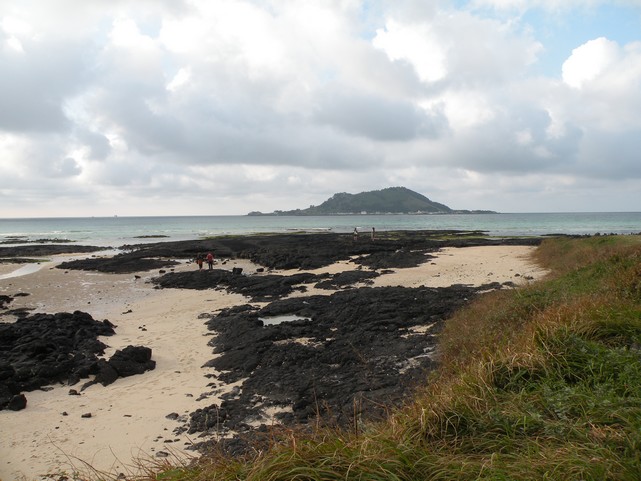



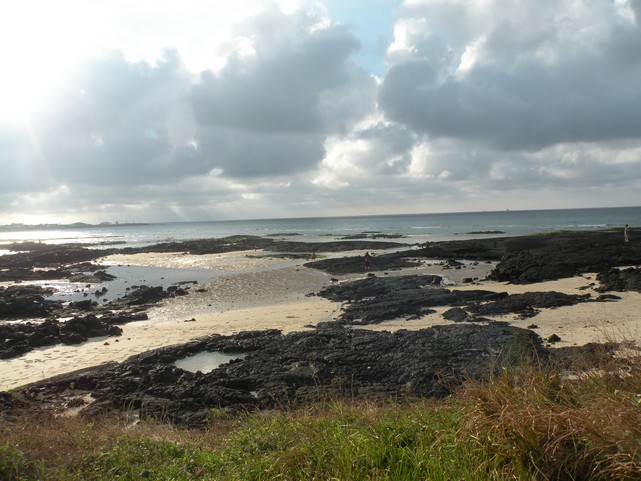





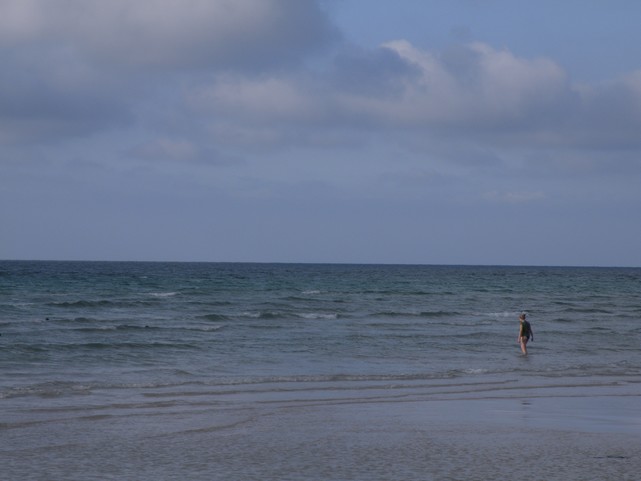


 includes several traditional houses. Visitors get the chance to feed small parrots, see beautiful peacocks and ostriches in the “Bird Garden”. Here some birds are also allowed to walk freely through the park. In the “Subtropical Garden” live different types of animals as turtles, snakes, and lizards. I liked that the birds had the chance to walk freely. But – and I don’t want to start a long and tiring discussion now- but I had the feeling that the terrariums in the “Subtropical Garden” were a bit too small for the animals. And I think that’s a pity because the gardens are really beautiful but, in my opinion, visitors can enjoy their visit so much more when they have the feeling that the animals feel well in the park (whereupon I also do not want to impute something).
includes several traditional houses. Visitors get the chance to feed small parrots, see beautiful peacocks and ostriches in the “Bird Garden”. Here some birds are also allowed to walk freely through the park. In the “Subtropical Garden” live different types of animals as turtles, snakes, and lizards. I liked that the birds had the chance to walk freely. But – and I don’t want to start a long and tiring discussion now- but I had the feeling that the terrariums in the “Subtropical Garden” were a bit too small for the animals. And I think that’s a pity because the gardens are really beautiful but, in my opinion, visitors can enjoy their visit so much more when they have the feeling that the animals feel well in the park (whereupon I also do not want to impute something).





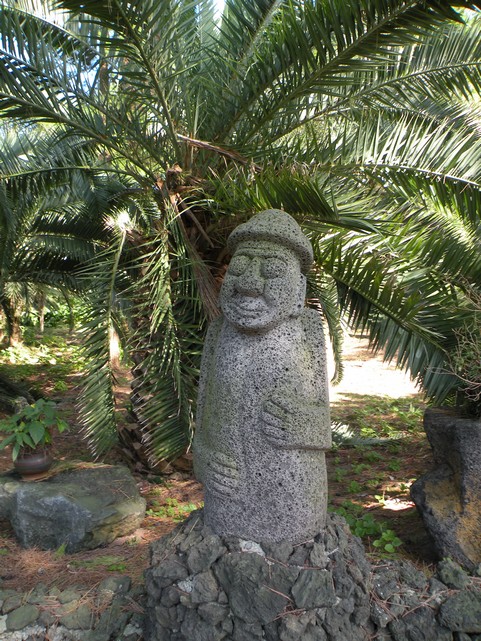

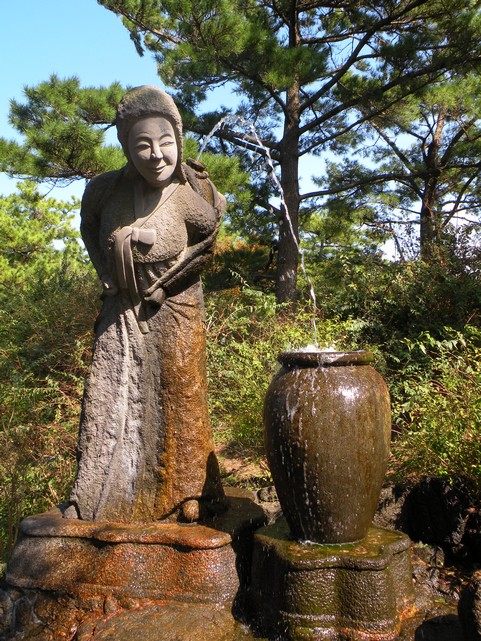



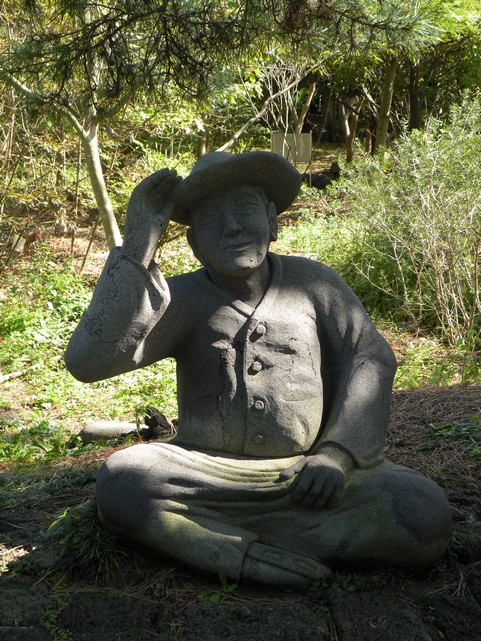















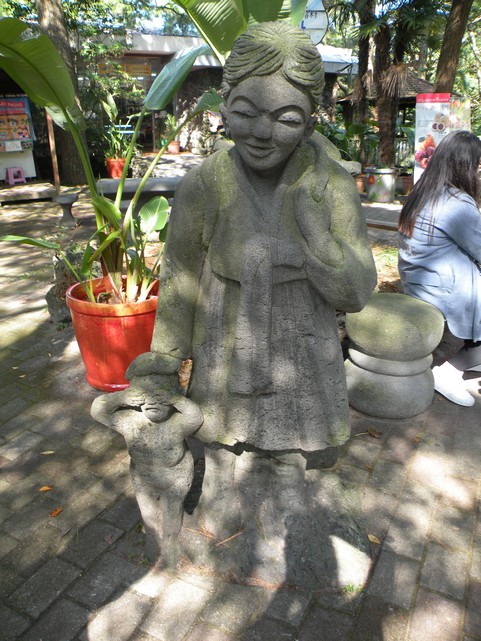



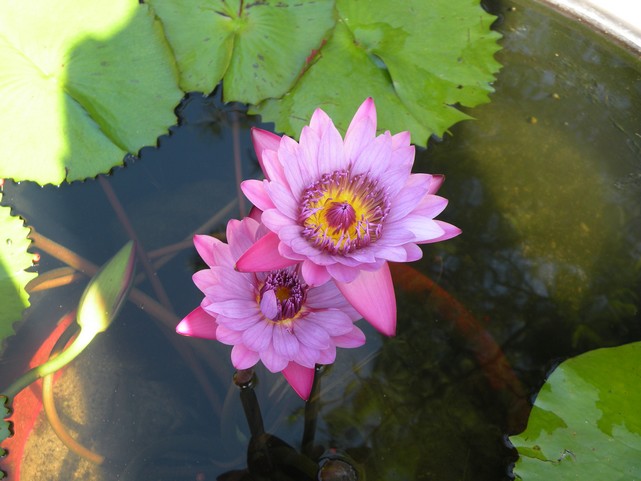

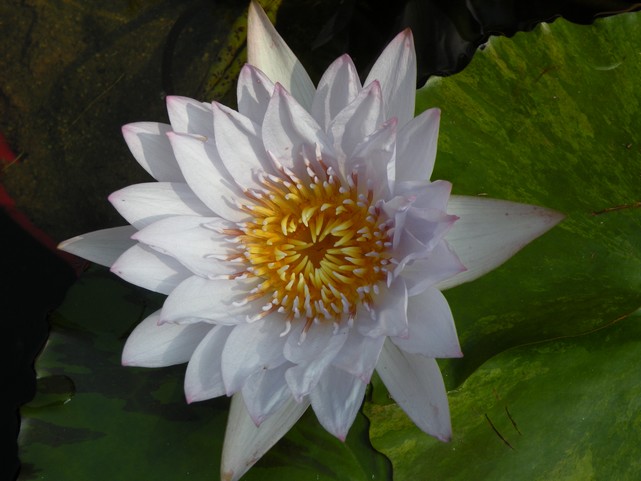



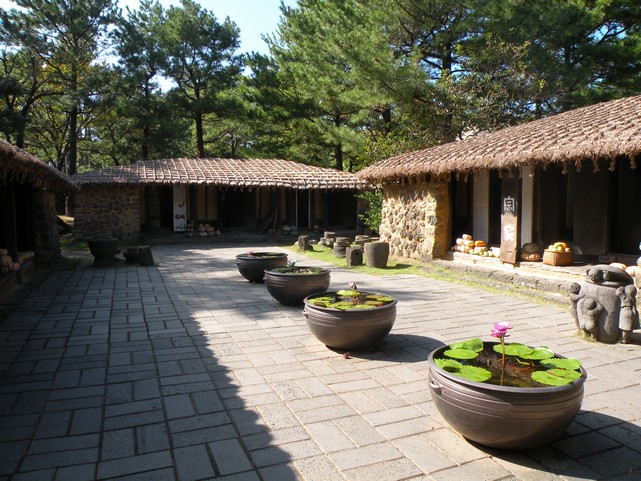



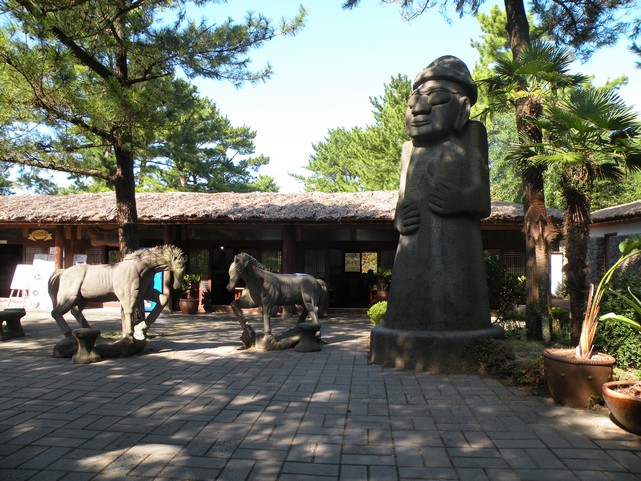

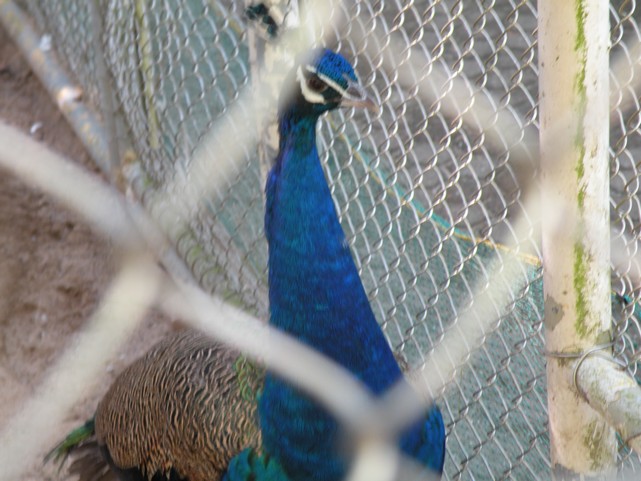





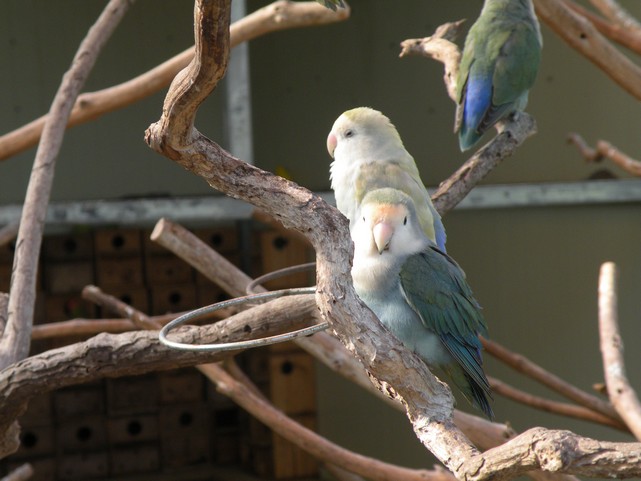

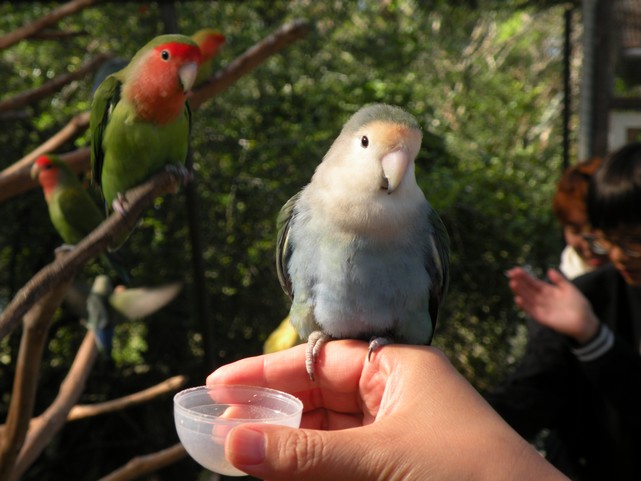

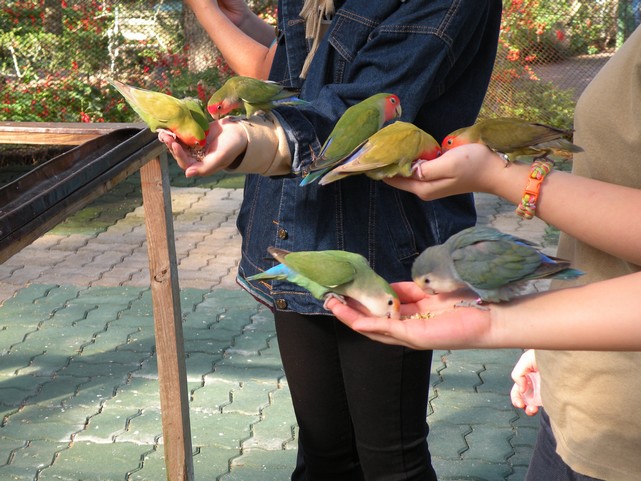

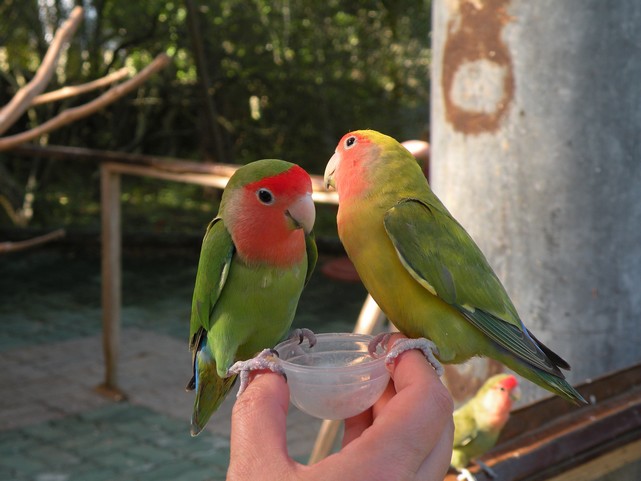

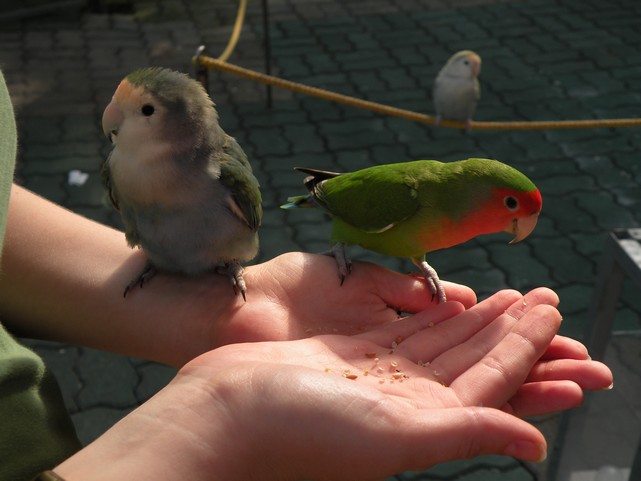





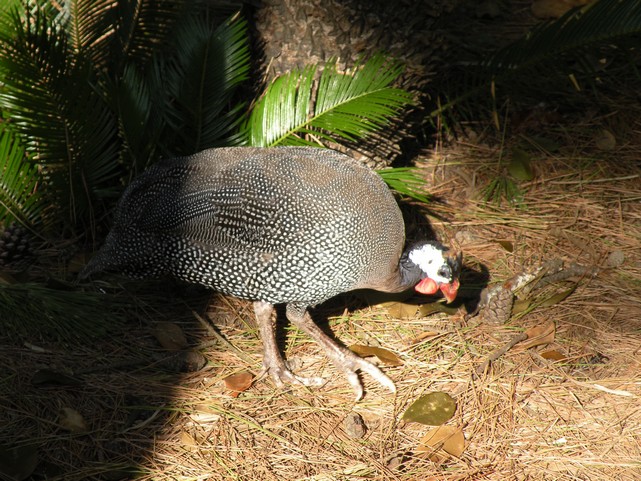







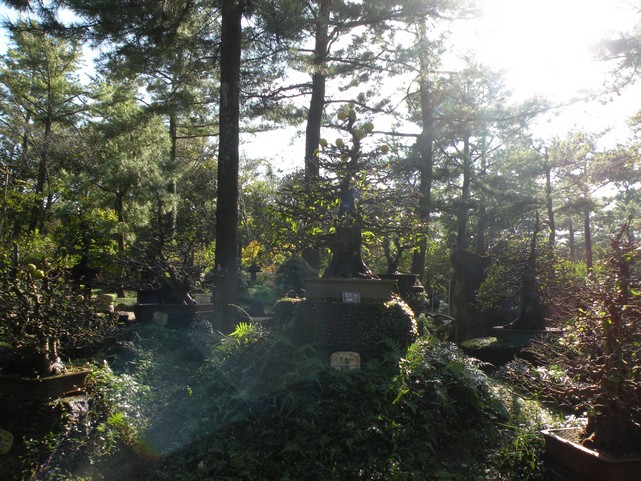





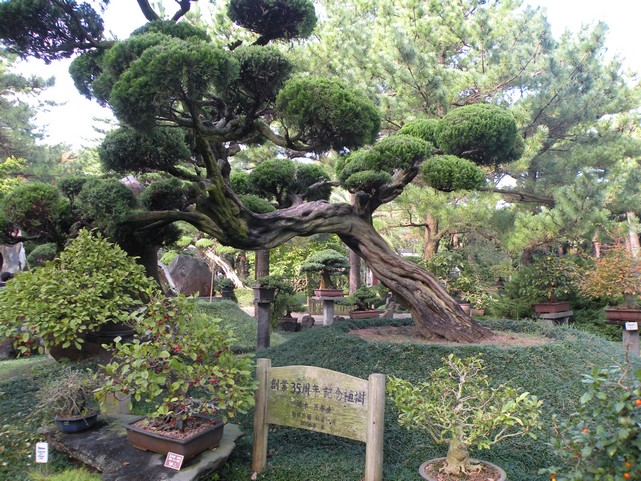

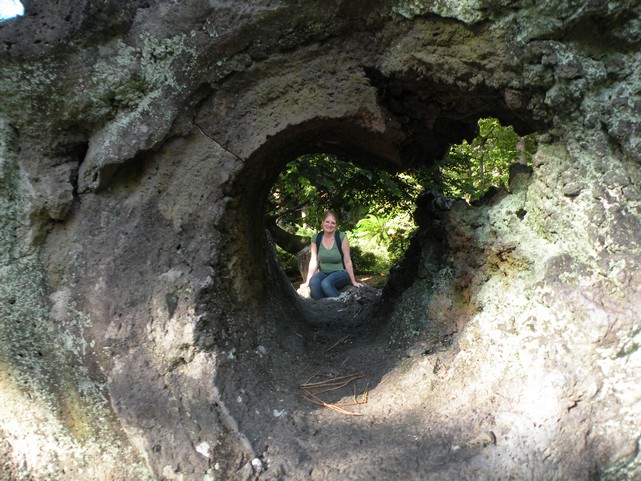



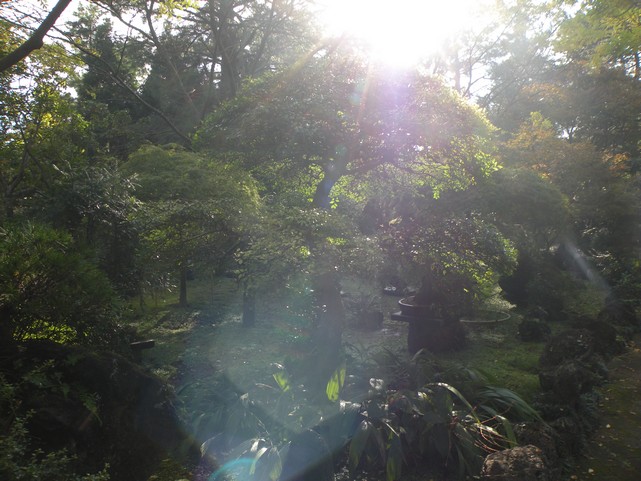









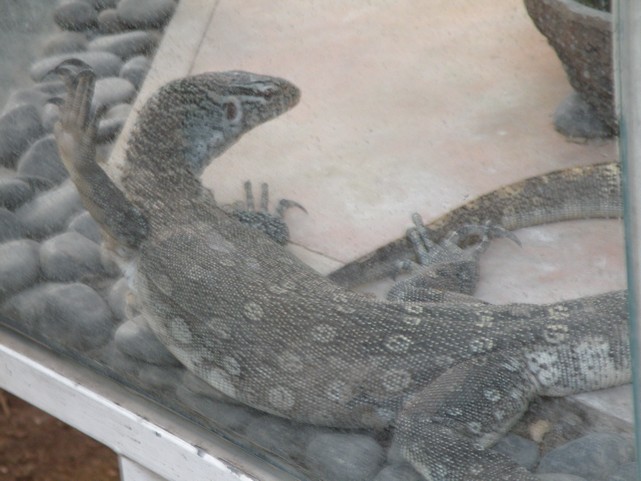





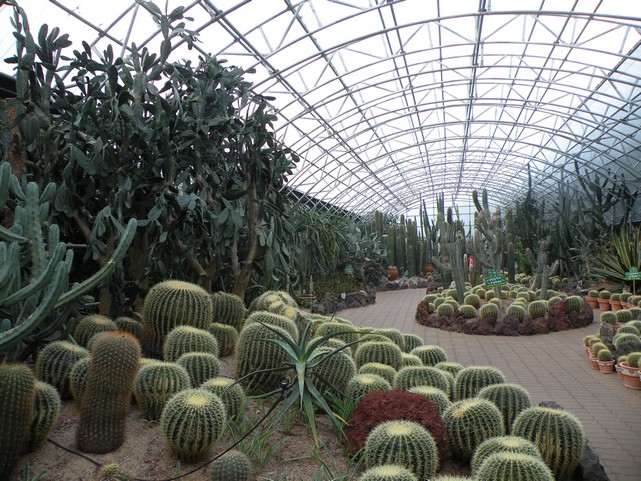

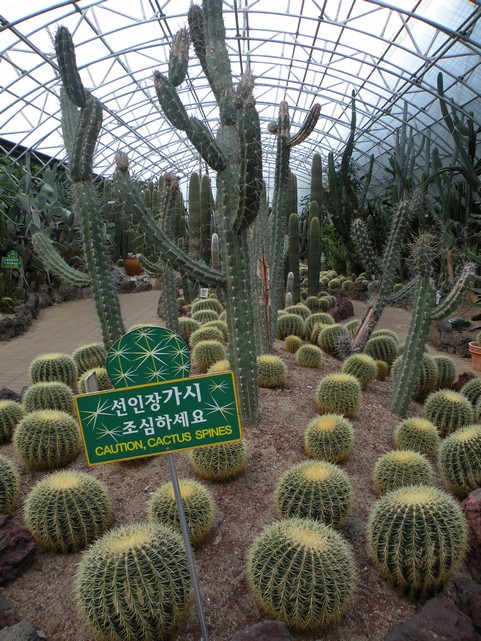

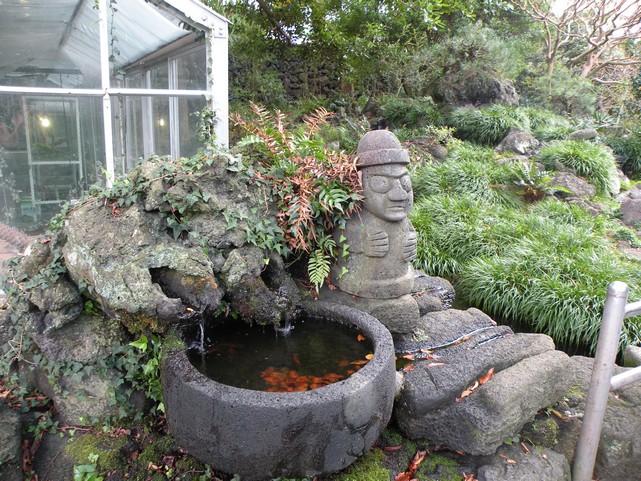



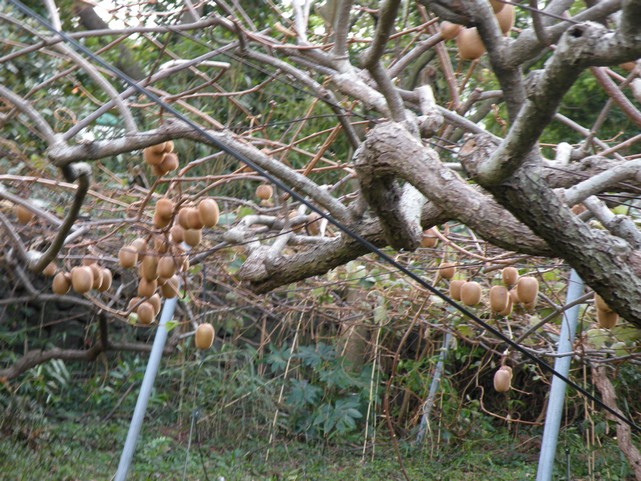

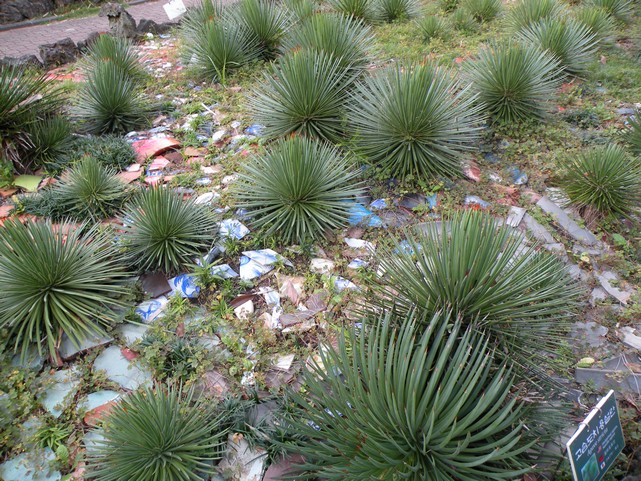







 were almost three hours in the park, I really underestimated the size of it. The entry fees were 10,000 Won ( ~9$). I would recommend the park, it was really beautiful and fun to see all the plants and animals. My highlights were feeding the small parrots, the avenue with the little Grandfathers at the beginning of the “Wild grass & Flower garden”, but also the “Bonsai Garden” with little trees which were several hundred years old, the “Palm Tree Avenue” and the little houses of the “Jae-Am Folk Village”.
were almost three hours in the park, I really underestimated the size of it. The entry fees were 10,000 Won ( ~9$). I would recommend the park, it was really beautiful and fun to see all the plants and animals. My highlights were feeding the small parrots, the avenue with the little Grandfathers at the beginning of the “Wild grass & Flower garden”, but also the “Bonsai Garden” with little trees which were several hundred years old, the “Palm Tree Avenue” and the little houses of the “Jae-Am Folk Village”. Beach on the Western part of Jeju. I don’t know how full the beach is in a high season since we were there in mid of October. There were still several people relaxing at the beach. The coast is around nine kilometres long, has beautiful white sand and lava rocks. The water is for a long time very shallow when you walk in. I think swimming is only allowed with a lifeguard in high season.
Beach on the Western part of Jeju. I don’t know how full the beach is in a high season since we were there in mid of October. There were still several people relaxing at the beach. The coast is around nine kilometres long, has beautiful white sand and lava rocks. The water is for a long time very shallow when you walk in. I think swimming is only allowed with a lifeguard in high season.